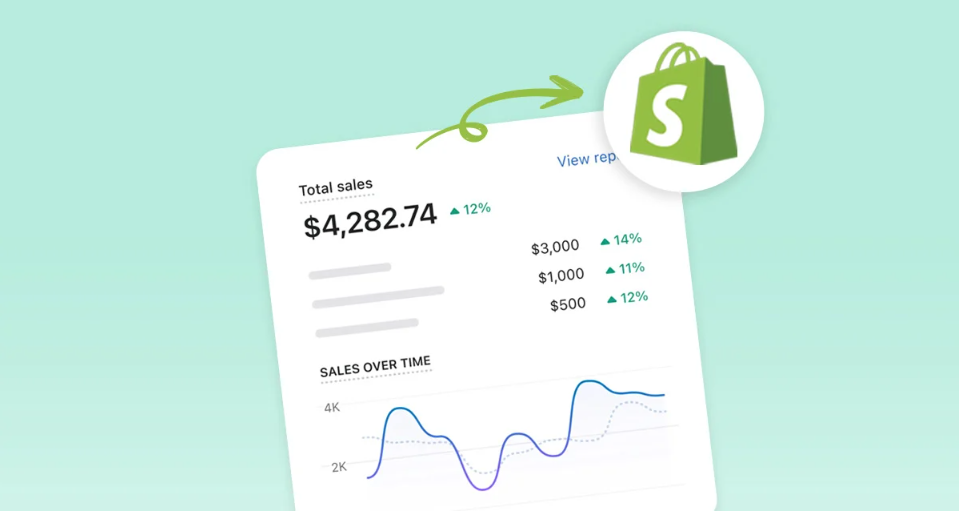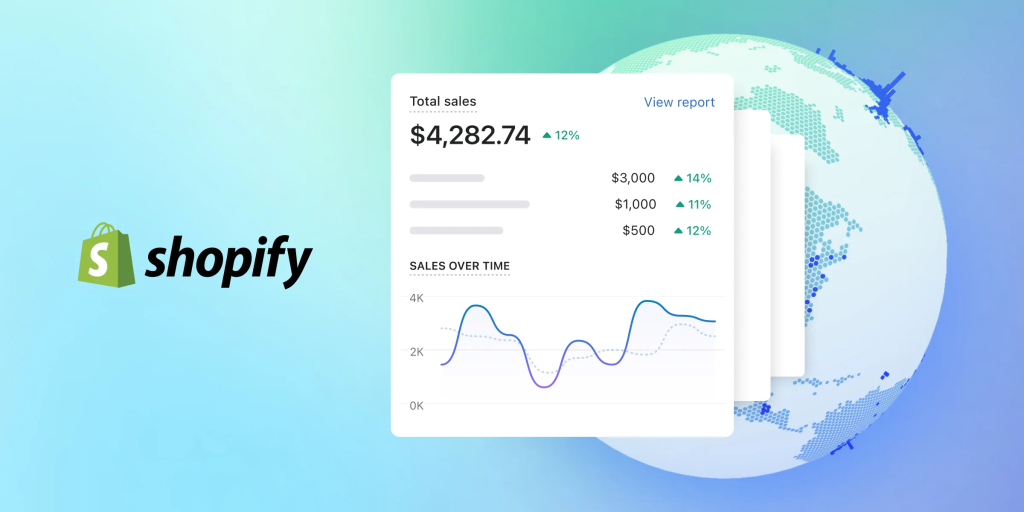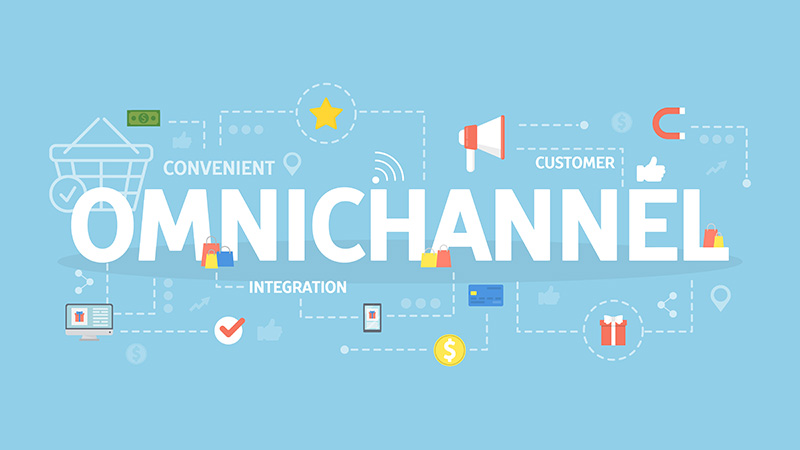As an EC (E-commerce Consultant) at ShopMate, I’ve helped countless Shopify store owners boost their sales and revenue. My experience spans various aspects of e-commerce, from optimizing website design and enhancing user experience to crafting effective marketing strategies and leveraging cutting-edge technologies. Based on this extensive experience and the latest industry trends, I’ve compiled this comprehensive guide to help you skyrocket your Shopify sales in 2025.

I. Optimizing Your Shopify Store for Conversions
- Mastering Product Photography: High-quality, professional product images are crucial. Invest in professional photography or utilize high-resolution images showcasing your products from multiple angles. Showcase lifestyle imagery to help customers envision themselves using your products.
- Compelling Product Descriptions: Don’t just list features; tell a story. Use persuasive language, highlighting benefits and addressing customer pain points. Include keywords for SEO optimization.
- Streamlined Checkout Process: A cumbersome checkout process can kill sales. Shopify offers one-click checkout options, and minimizing the number of steps required significantly improves conversion rates.
- Mobile Optimization: The majority of online shopping happens on mobile devices. Ensure your Shopify store is fully responsive and provides a seamless mobile experience.
- Building Trust and Credibility: Display customer reviews, testimonials, and security badges to build trust and reassure potential customers. A clear and accessible FAQ section also helps alleviate concerns.
- Leveraging Upselling and Cross-selling: Offer relevant add-ons and complementary products during the checkout process. Strategically placed upsells and cross-sells can significantly increase your average order value (AOV).
- Implementing Abandoned Cart Recovery: A significant percentage of shoppers abandon their carts. Use automated email sequences to remind them of their abandoned items and offer incentives to complete their purchase.
II. Driving Targeted Traffic to Your Store
- Search Engine Optimization (SEO): Effective SEO is paramount. Conduct thorough keyword research, optimize your product pages and website content, and build high-quality backlinks to improve your organic search ranking.
- Paid Advertising (PPC): Consider running targeted Google Ads or social media advertising campaigns to reach potential customers actively searching for products like yours. A/B test different ad creatives and targeting options to optimize your campaigns.
- Social Media Marketing: Engage with your target audience on relevant social media platforms. Share high-quality content, run contests and giveaways, and leverage influencer marketing to build brand awareness and drive traffic to your store.
- Email Marketing: Build an email list by offering valuable incentives, such as discounts or exclusive content. Segment your email list and personalize your messages to improve open and click-through rates.
- Content Marketing: Create informative and engaging blog posts, articles, and videos related to your products or industry. This establishes you as a thought leader and attracts organic traffic.
- Influencer Marketing: Collaborate with relevant influencers to promote your products to their audience. Choose influencers whose values align with your brand and whose audience matches your target demographic.
- Public Relations (PR): Reach out to journalists and bloggers to secure media coverage for your brand and products. Positive media coverage can significantly boost your brand awareness and drive traffic to your store.
- Affiliate Marketing: Partner with affiliates to promote your products in exchange for a commission on sales. This can be a highly effective way to reach a wider audience and increase brand visibility.

III. Enhancing Customer Experience and Loyalty
- Exceptional Customer Service: Provide prompt and helpful customer support through multiple channels, such as email, live chat, and social media. Address customer inquiries and concerns promptly and professionally.
- Loyalty Programs: Reward repeat customers with exclusive discounts, early access to new products, and other perks. Loyalty programs encourage repeat purchases and increase customer lifetime value.
- Referral Programs: Incentivize existing customers to refer new customers by offering discounts or rewards. Referral programs are a cost-effective way to acquire new customers.
- Personalized Recommendations: Use Shopify’s built-in recommendation engine or third-party apps to suggest relevant products to your customers based on their browsing history and purchase behavior.
- Post-Purchase Follow-Up: Send thank-you emails and follow-up messages to check in with customers after they’ve made a purchase. This helps build relationships and encourages repeat business.
- Community Building: Create a sense of community around your brand by engaging with customers on social media, hosting online events, and fostering a welcoming environment.
IV. Leveraging Technology and Data
- Shopify Apps: Explore Shopify’s app store for tools that can enhance your store’s functionality, such as marketing automation, customer support, and analytics.
- Analytics Tracking: Use Shopify’s built-in analytics or third-party tools to track your store’s performance, identify areas for improvement, and optimize your marketing strategies.
- A/B Testing: Continuously test different elements of your store, such as headlines, images, and calls to action, to identify what resonates best with your target audience.
V. Expanding Your Reach and Market
- Internationalization: If your products are suitable for a global audience, consider expanding your reach to international markets. Translate your website into multiple languages and offer various payment options.
- Strategic Partnerships: Collaborate with complementary businesses to reach new customers and expand your market reach.
- Wholesale Opportunities: Explore wholesale opportunities to sell your products to other businesses.
VI. Continuous Improvement and Optimization
- Regular Website Audits: Conduct regular website audits to identify and address any technical issues or areas for improvement.
- Customer Feedback Collection: Actively solicit customer feedback and use it to improve your products, services, and overall customer experience.
- Staying Updated on Industry Trends: Continuously stay updated on the latest e-commerce trends, technologies, and best practices to ensure your Shopify store remains competitive.

By implementing these 30 proven strategies, you’ll be well-equipped to skyrocket your Shopify sales in 2025 and maximize your revenue. Remember, consistent effort, data-driven decision-making, and a customer-centric approach are key to long-term success in the competitive world of e-commerce. Don’t hesitate to leverage the resources available through Shopify and engage with other merchants for support and inspiration. Your journey to e-commerce success starts now!



